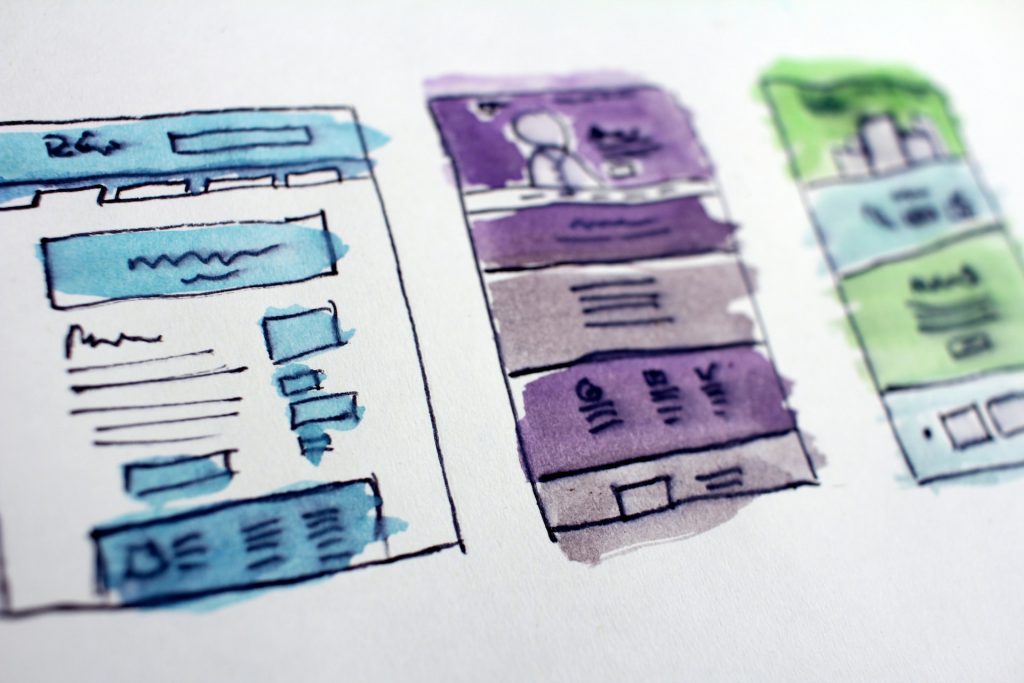Creating Environmentally-friendly Solutions

GUEST POST from Art Inteligencia
As we face growing environmental challenges, businesses and individuals alike are increasingly recognizing the importance of incorporating sustainability into their practices. Design thinking, a creative problem-solving approach, can be a powerful tool in developing environmentally-friendly solutions. By prioritizing ecological needs from the very beginning, design thinking enables us to create innovative and sustainable products, services, and systems. In this article, we will explore the intersection of design thinking and sustainability, discussing its benefits and providing two compelling case studies that showcase its effectiveness.
Benefits of Design Thinking in Sustainability:
1. Holistic Problem-Solving: Design thinking encourages a human-centered approach, focusing on understanding user needs and the broader context of a problem. By considering ecological factors as part of this holistic approach, designers can identify creative ways to address sustainability challenges. This mindset enables the development of sustainable solutions that go beyond meeting short-term objectives, leading to more far-reaching environmental benefits.
2. Collaboration and Co-creation: Design thinking emphasizes collaboration and involving stakeholders from various disciplines during the problem-solving process. Incorporating sustainability considerations into this collaborative approach ensures a diversity of ideas and perspectives. By engaging experts from environmental sciences, engineering, or green innovation, designers can tap into a wealth of knowledge, effectively merging design and sustainability expertise to create impactful solutions.
Case Study 1: The Ocean Cleanup Project
The Ocean Cleanup project, initiated by the Dutch inventor Boyan Slat, is a remarkable example of design thinking applied to address environmental challenges. By leveraging a systematic design process, Slat and his team developed an innovative solution to remove plastic debris from our oceans. The project involved extensive research, prototypes, and testing, subsequently leading to the creation of a passive cleanup system that captures floating plastic waste using ocean currents. Through design thinking methodologies, the Ocean Cleanup project demonstrates the power of combining creative problem-solving with sustainability objectives to tackle one of the greatest threats to our oceans.
Case Study 2: IDEO’s Sustainable Packaging Solutions
IDEO, an internationally renowned design firm, has been employing design thinking principles to develop sustainable packaging solutions for various clients. In one particular case, IDEO partnered with a global food company to tackle the environmental impact of their product’s packaging. By engaging stakeholders from diverse fields and using design thinking tools such as empathy mapping and rapid prototyping, IDEO was able to propose creative packaging alternatives made from biodegradable materials and explore innovative ways to reduce waste in the supply chain. Through this approach, IDEO exemplifies how design thinking can be key in transforming traditional practices into sustainable and environmentally-friendly solutions.
Conclusion
Design thinking offers a compelling framework to address complex challenges by embedding sustainability at the core of the problem-solving process. By prioritizing the environment as a key stakeholder, design thinkers can create innovative, human-centered, and sustainable solutions. The case studies of the Ocean Cleanup project and IDEO’s packaging solutions highlight the tangible impact that design thinking can have on solving environmental problems. By continuing to integrate design thinking with sustainability principles, we can unlock endless possibilities for creating a more environmentally-friendly future.
SPECIAL BONUS: Braden Kelley’s Problem Finding Canvas can be a super useful starting point for doing design thinking or human-centered design.
“The Problem Finding Canvas should help you investigate a handful of areas to explore, choose the one most important to you, extract all of the potential challenges and opportunities and choose one to prioritize.”
Image credit: Misterinnovation.com
![]() Sign up here to get Human-Centered Change & Innovation Weekly delivered to your inbox every week.
Sign up here to get Human-Centered Change & Innovation Weekly delivered to your inbox every week.




 What do you get when you take the technology away from a group of 10 and 11 year olds and ask them to be creative with a handful of household objects?
What do you get when you take the technology away from a group of 10 and 11 year olds and ask them to be creative with a handful of household objects?